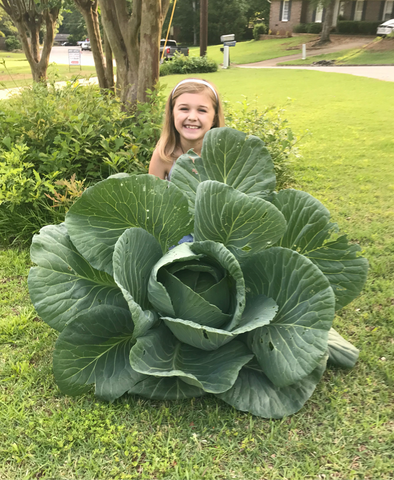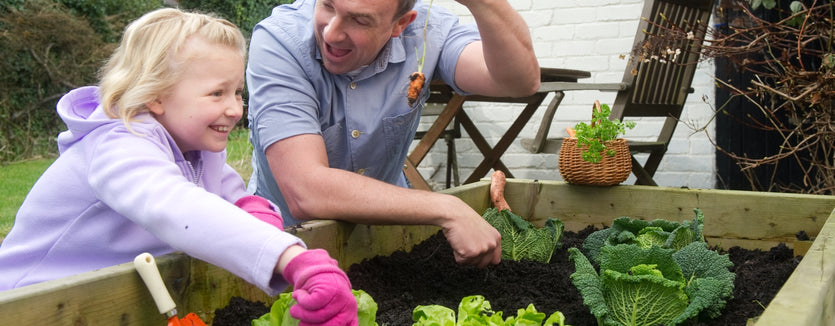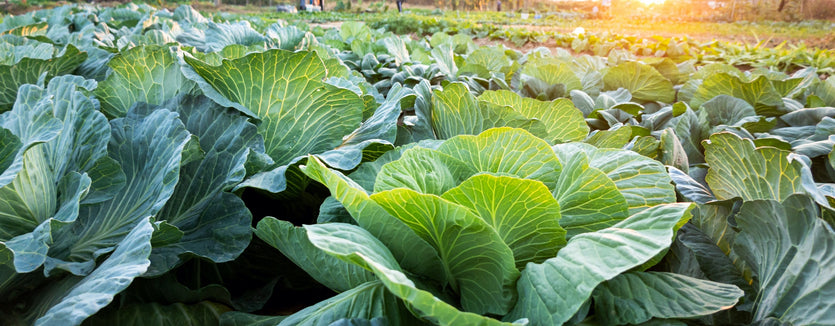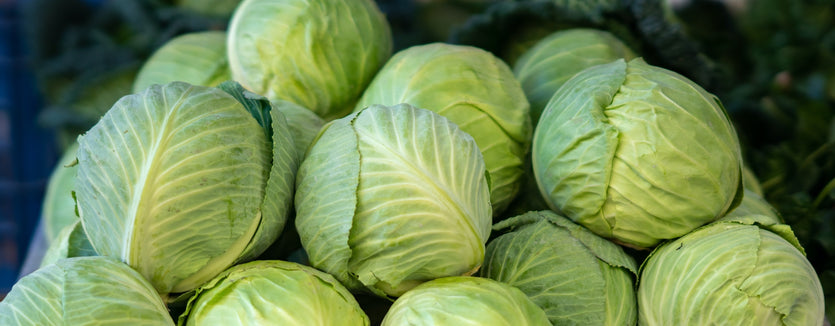Already have an account? Sign in

Bonnie 3rd Grade CabbageS
After you register your class or children, select your delivery windows so we can send the plants to your school or designated in time for growing season. Make sure each student gets their own cabbage to grow at home or in your school’s garden. Use our custom lesson plans to incorporate cabbage gardening into your class activities throughout the year.
1. Enter your zipcode to check eligibility
2. Enter your quantity
Please enter the number of cabbages you would like for your third grade class if you are a teacher. If you are a parent, please select how many third graders you have in your household.
How to Plant Your Cabbage

Planting cabbage in the ground
Adults and kids should work together to plant their cabbage in the ground. Remember to set your cabbage in a warm, sunny spot!
Learn How to Plant CabbageHow to Keep Your Cabbage Healthy

Let the sunshine in
Cabbages need full sun – at least six to eight hours of direct sunlight per day.
Learn MoreHow to Harvest Your Cabbage

Pick your cabbage
About 82 days after planting, your cabbage will be ready to pick. To be sure it’s ready for harvest, squeeze the head and make sure it’s firm throughout. If the head presses in easily and feels loose, it still needs more time to mature.
Learn MoreTrouble with your cabbage?

Cracking and spitting
If you leave your cabbage in the garden after the head has formed and it rains, the head may crack or split. If this happens, an adult should harvest the cabbage right away.
Learn About Cabbage CarePests and worms
If you see holes in cabbage leaves or moths flying around your cabbage it’s likely that something is eating your cabbage! Scout often and diligently for insect pests or cabbage worms around the plant and on the underside of the big leaves, where they like to hide.
Wilted and yellow leaves
Yellow leaves could mean many things, from overwatering to Clubroot, a common disease that affects cabbage. The most obvious symptoms of clubroot are yellowing, wilting leaves. Avoid this problem by keeping your plant healthy and your garden free of insect pests, weeds and debris.




